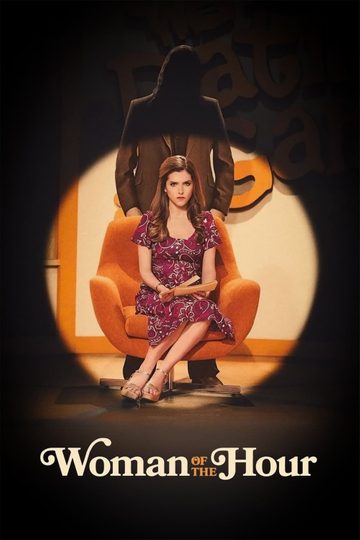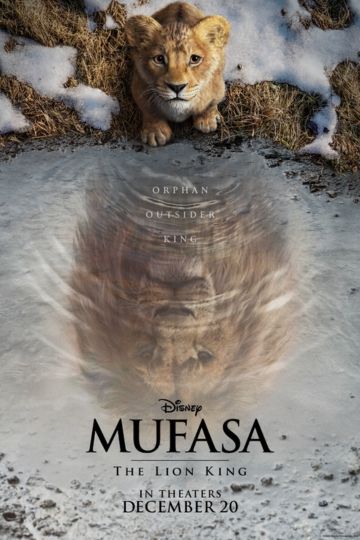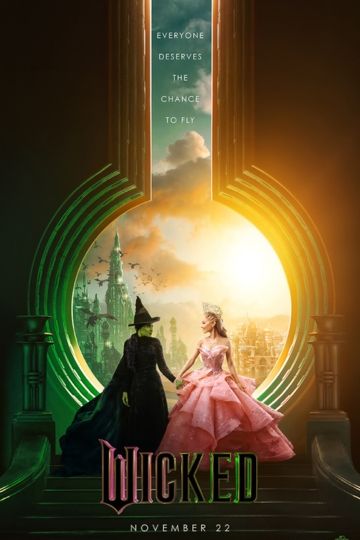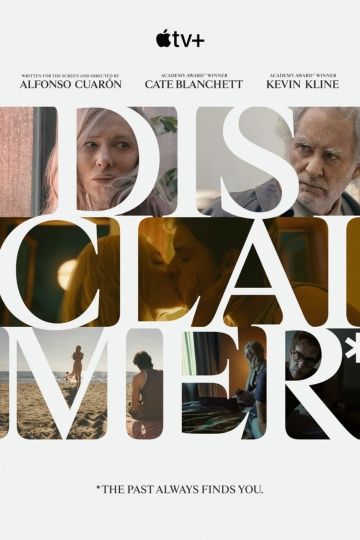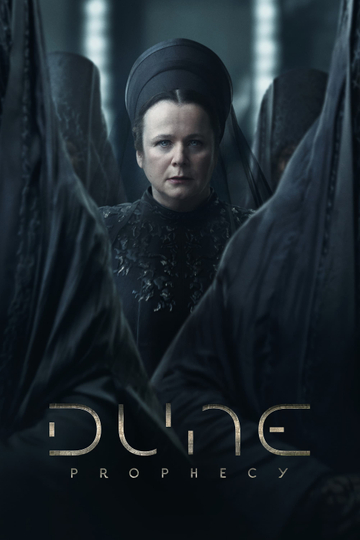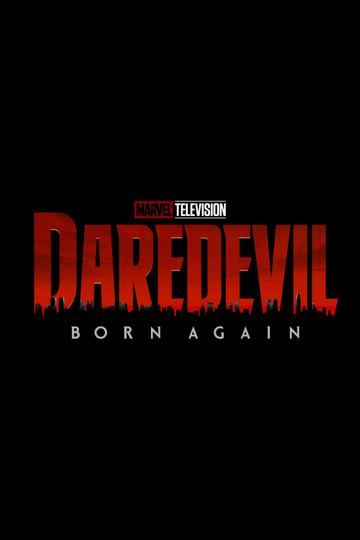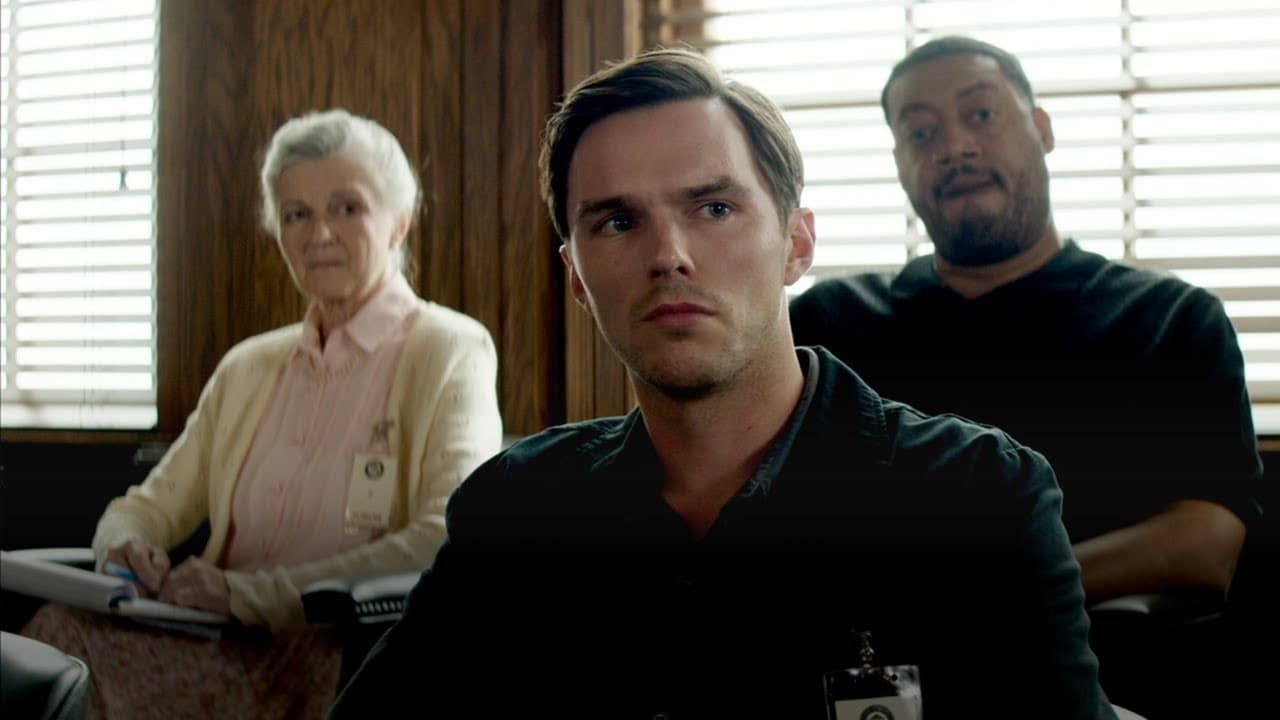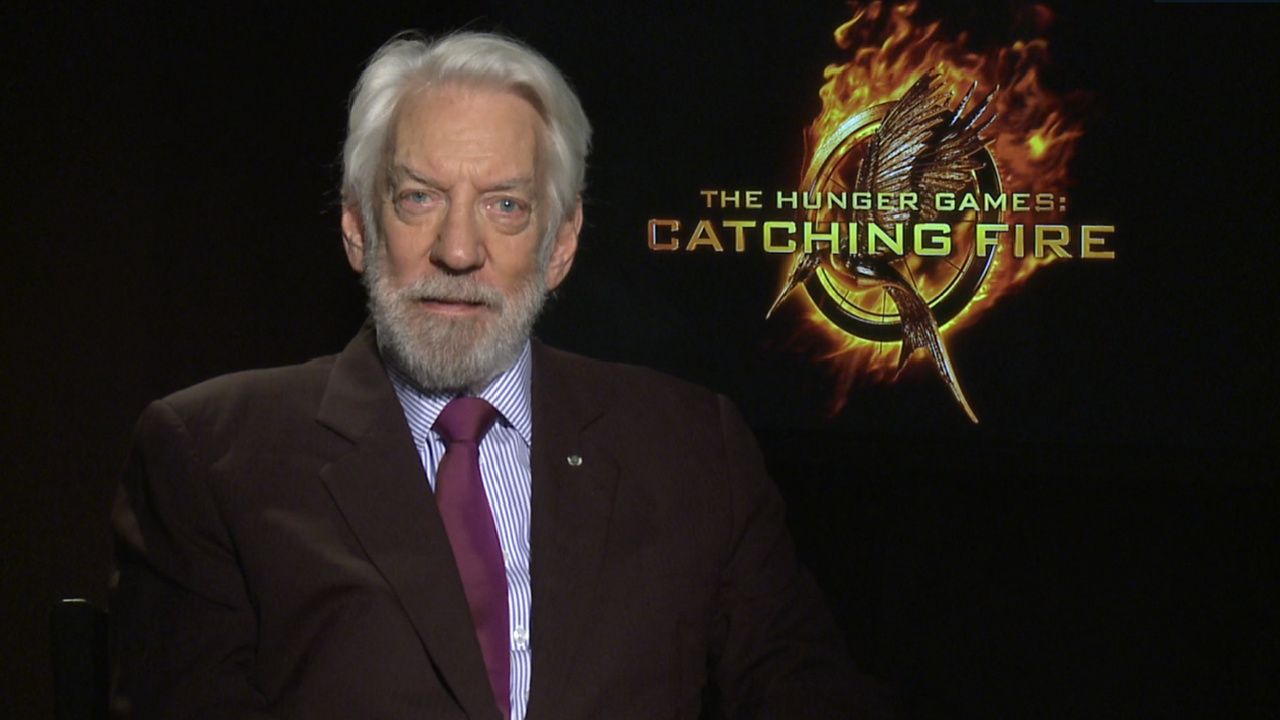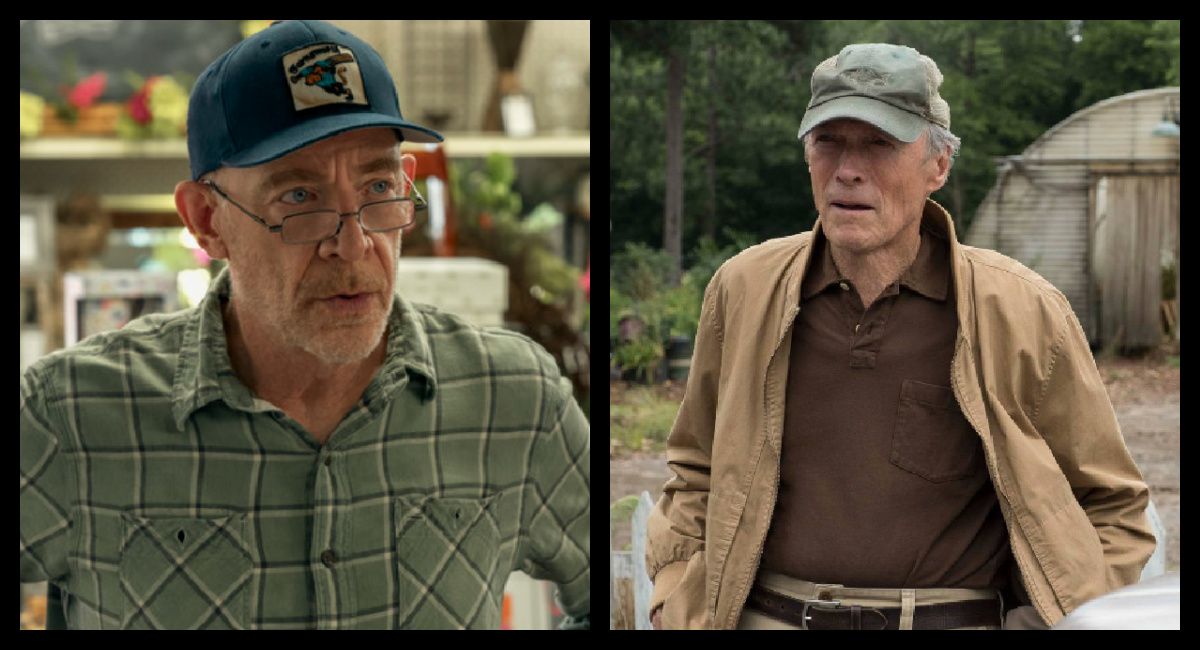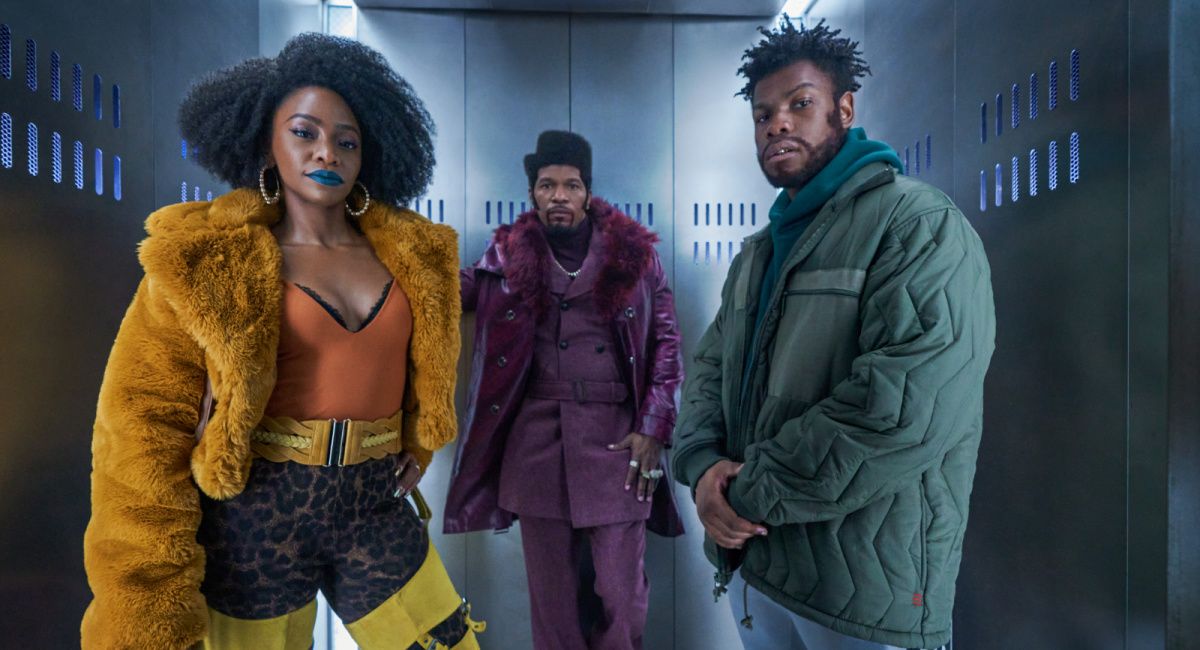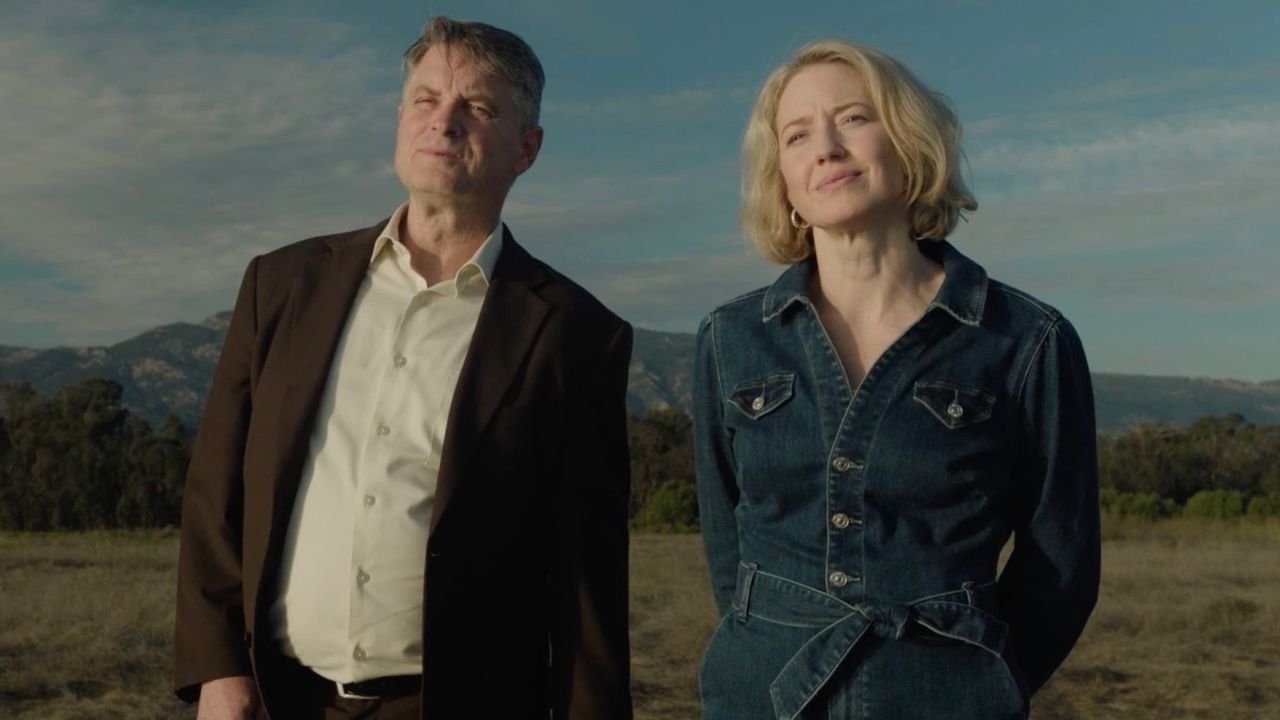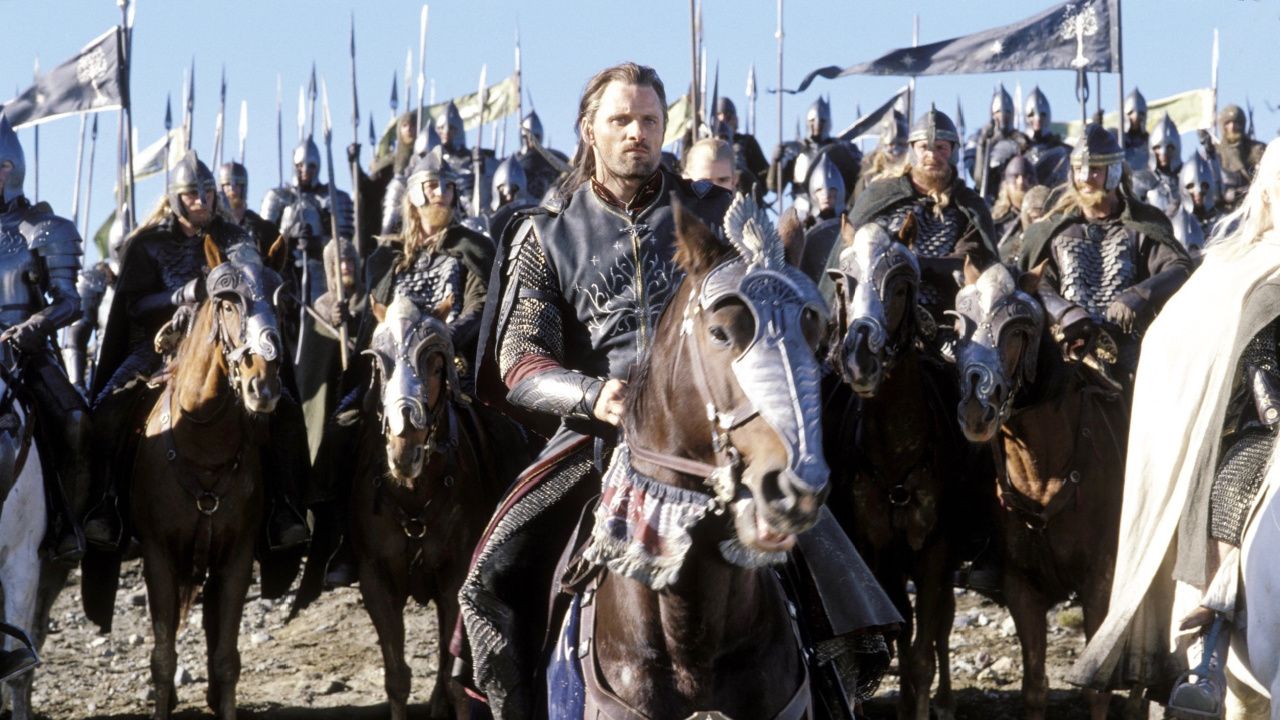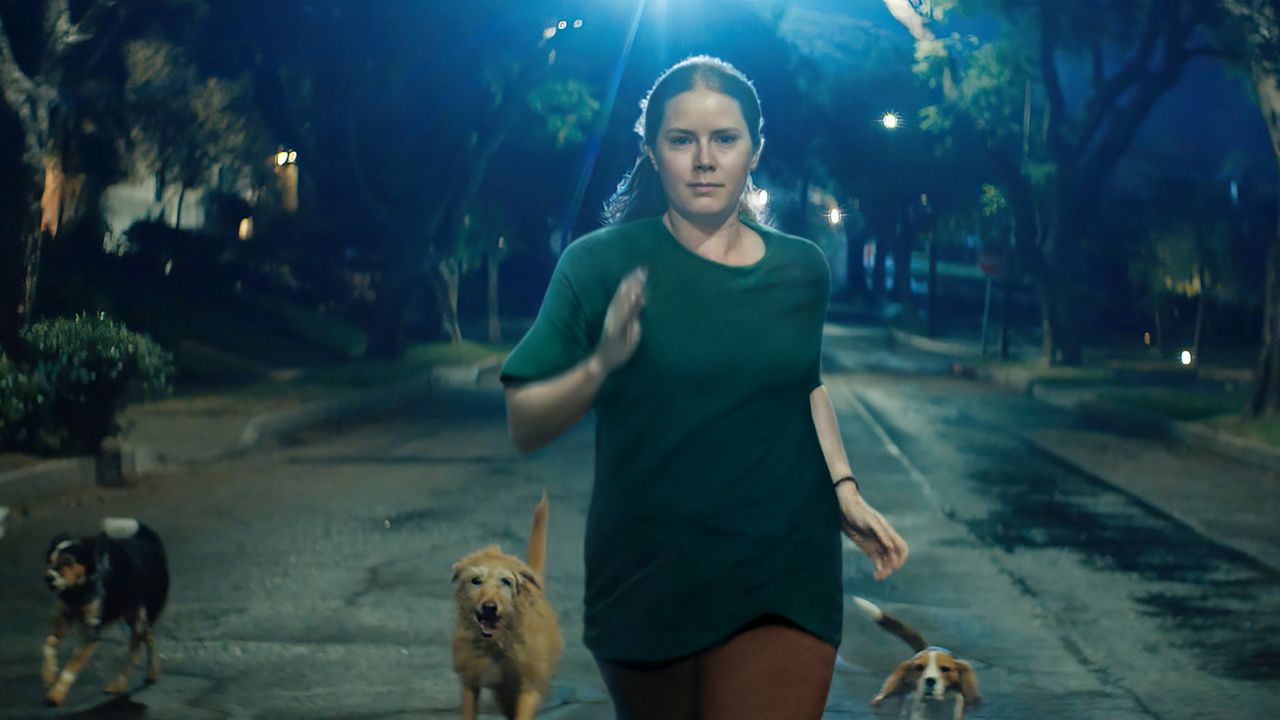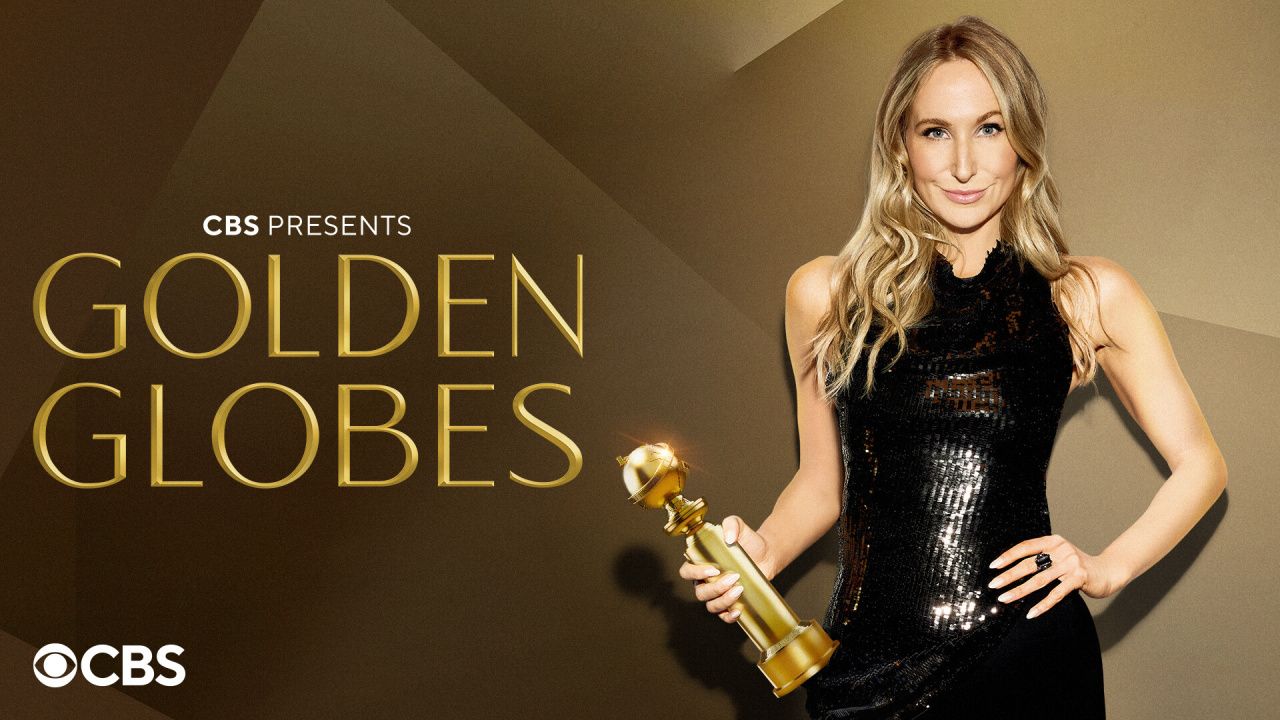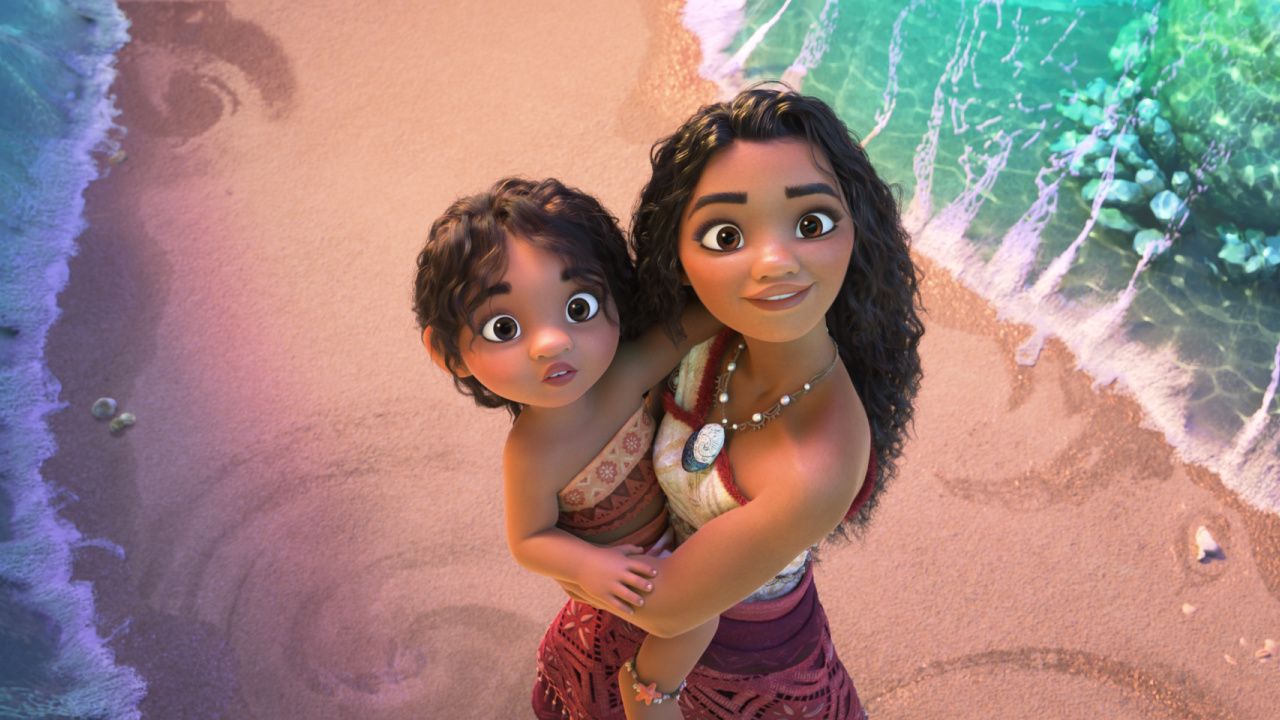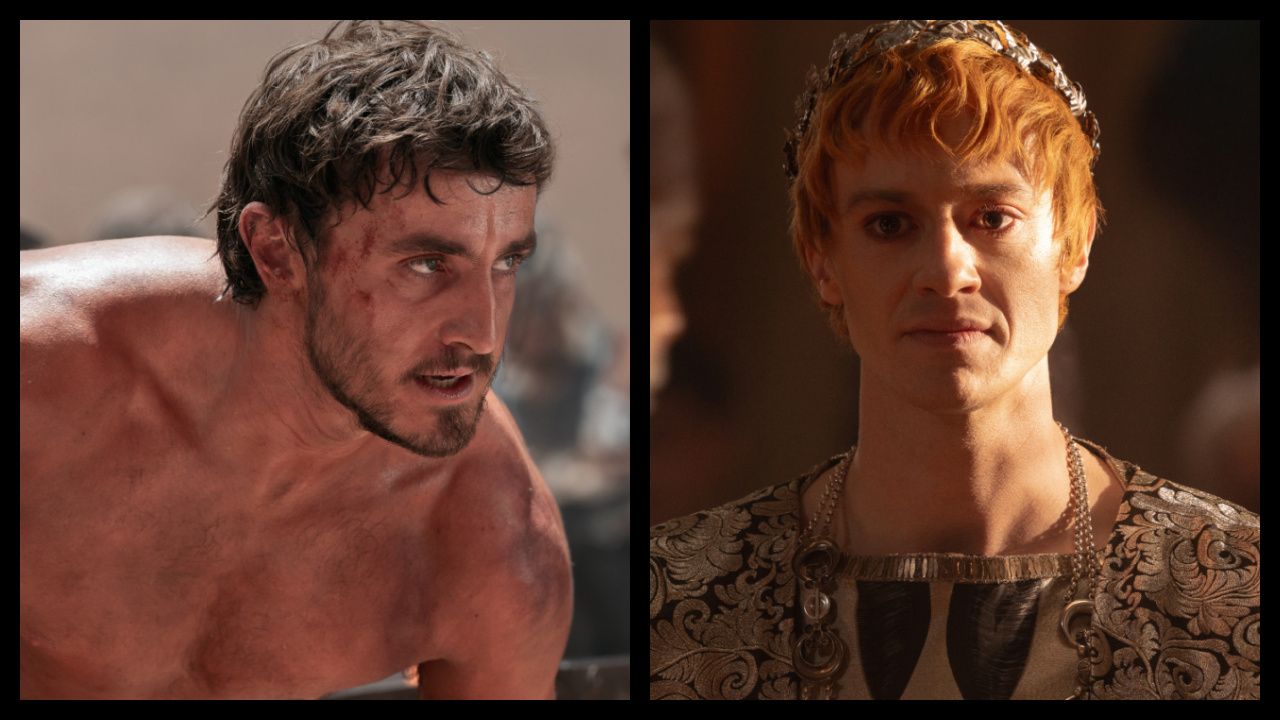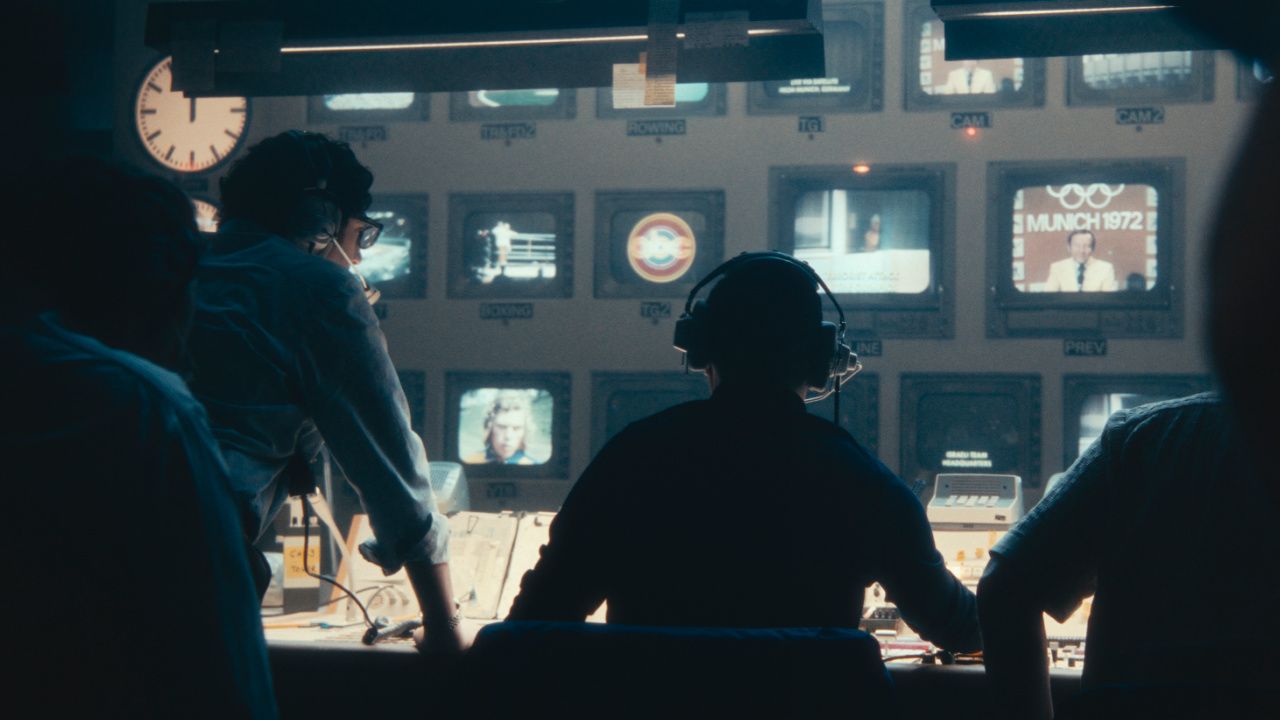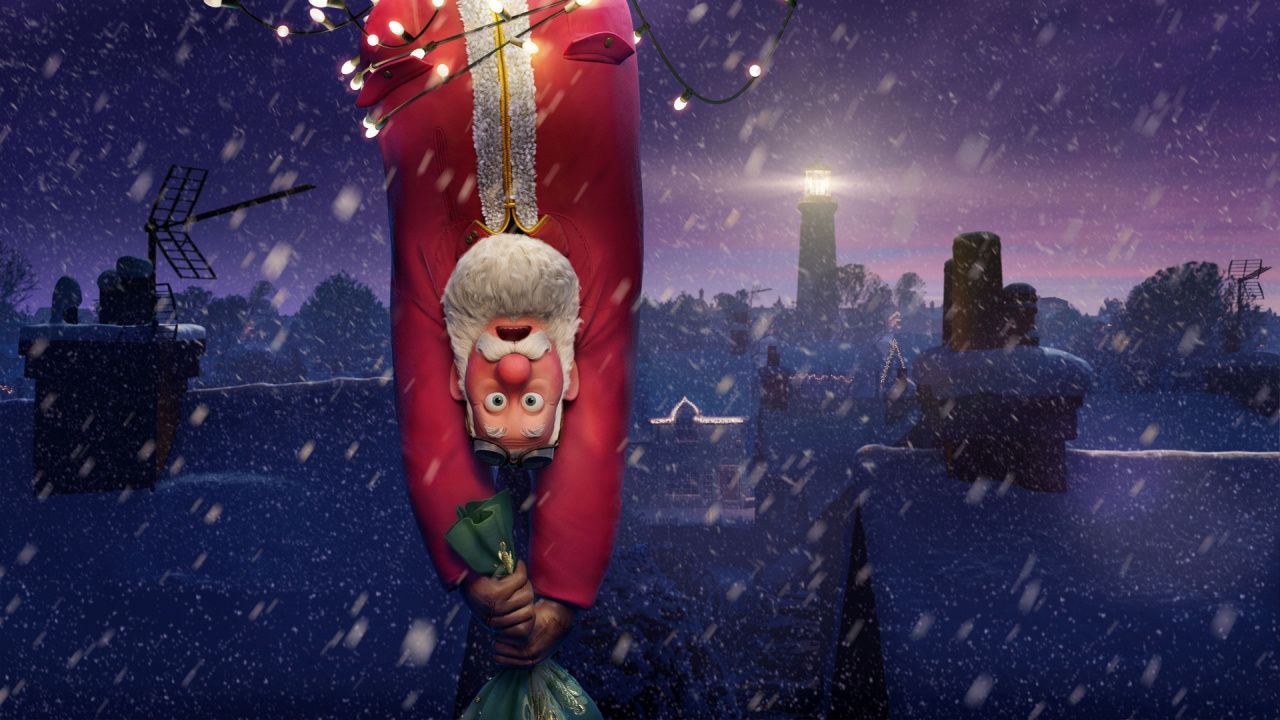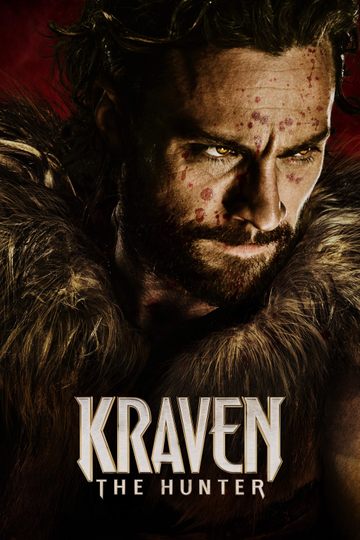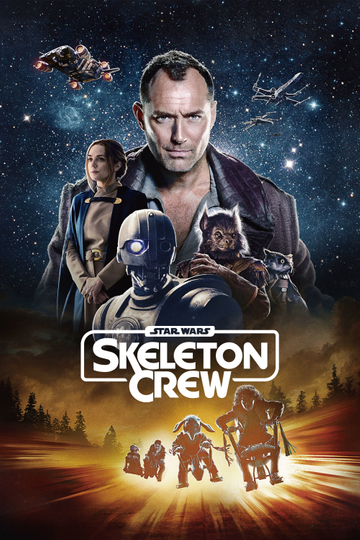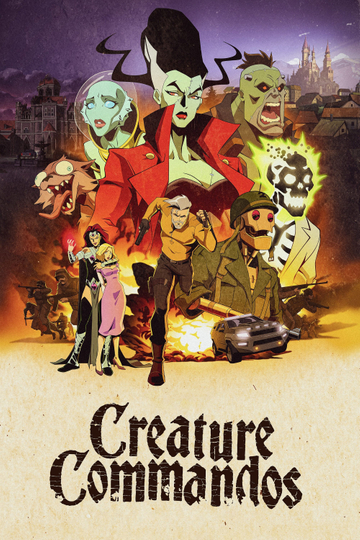12 Things You Never Knew About 'Stand by Me'
What kind of movie is "Stand by Me"? Depends on your age.
If you're a kid, it's a bit of an adventure movie. If you're a Boomer, it's a nostalgia piece about growing up in the 1950s. And if you're a Gen Xer, it's a different kind of nostalgia piece, about learning to love the movies of the 1980s (the film was released 30 years ago on August 8, 1986), recognizing that director Stranger Things" is full of "Stand by Me" shout-outs.
Still, no matter how old you are or how many times you've seen the movie, there's plenty you may not know about the story behind the production, which is often as funny and haunting as the tale told on screen. Pop open some cherry Pez and read on.
1. You might not think of Adrian Lyne (of "Flashdance" and "Fatal Attraction" fame) as the director best suited to Stephen King's tale of innocent boyhood, but he was the first filmmaker attached to the project. Fortunately, he was too busy making "9 1/2 Weeks," so the gig went to Reiner (above, left), then fresh off "This Is Spinal Tap" and "The Sure Thing."
2. Reiner's auditions for the four leads yielded boys whose personalities matched their roles. "I was awkward and nerdy and shy and uncomfortable in my own skin and really, really sensitive," Wheaton recalled in 2011, "and River was cool and really smart and passionate and -- even at that age -- kind of like a father figure to some of us. Jerry was one of the funniest people I had ever seen in my life, either before or since, and Corey was unbelievably angry and in an incredible amount of pain and had an absolutely terrible relationship with his parents."
3. As the narrator, the adult version of Wheaton's character, Reiner cast actor David Dukes. But he felt Dukes' performance was off, so he tried "Spinal Tap" star Michael McKean. He didn't work either, so Reiner cast his own high school pal Richard Dreyfuss.
4. The independent studio behind the film was Embassy, owned by Reiner's "All in the Family" mentor, Norman Lear. But when Lear sold Embassy to Coca-Cola, the new management decided the movie wasn't commercial enough. So it pulled its financing just two days before the shoot was scheduled to begin. Fortunately, Reiner got Lear to pony up the full $8 million budget out of pocket.
5. The boys were never really in danger during the famous train-dodge scene. Part of the scene involved stunt doubles -- women with close-cropped hair made up to look like the boys. And part of it involved an extra-long telephoto lens to make it look like the train was right behind the boys when, actually, it was still on the far side of the bridge.
6. The swamp used in the leech scene was man-made, a pond dug out and filled with water by the production crew before the shoot. By the time Reiner was ready to film the scene, it was already overgrown with moss. The leeches were real.
7. The four young stars got into plenty of misbehavior during their down time. Wheaton rigged the coin-operated arcade games at their hotel so that they could be played for free. Reiner says Phoenix (then 15) lost his virginity to a Phoenix family friend during a night away from the hotel. Feldman says he and Phoenix both smoked pot.
8. And Kiefer Sutherland, who played bully Ace, claims that O'Donnell tied his babysitter to a bannister, escaped to a Renaissance festival, and ate some cookies that he didn't realize we're laced with pot. The others found him in a parking lot, woozy and crying.
9. The movie was originally titled "The Body," after the Stephen King story it was based on. The film's marketers worried that it sounded like a horror movie, a bodybuilding film, or a porno. Reiner came up with the title "Stand by Me" based on the Ben E. King standard that he'd picked to play out over the end of the film.
10. Lear's $8 million investment turned out to be a smart move. "Stand By Me" earned back $52 million at the box office.
11. The movie's Maine countryside scenes were actually filmed in and around Brownsville, Oregon, where there is now a tourist center devoted to the film. Reiner named his production company Castle Rock after the movie's fictional town.
12. The "Stand by Me" screenplay was written by Raynold Gideon and Bruce A. Evans, who'd written the sci-fi romance "Starman." They earned an Academy Award nomination for Best Adapted Screenplay, the only Oscar nod "Stand by Me" received. They also earned a compliment from Stephen King, who said it was the first filmed version of one of his stories that got it right.

Stand by Me


